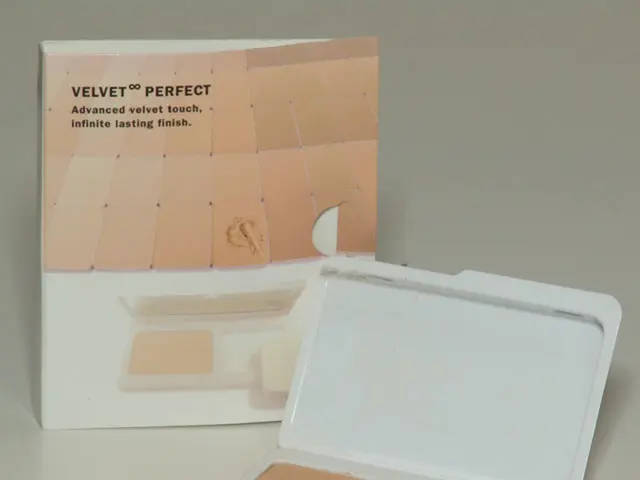Interview with Michael Morehead, Co-founder of syGlass: 5 Key Inquiries Revealed
**Revolutionizing Scientific Research: syGlass and the Future of 3D Visualization**
In the realm of scientific research, particularly in fields such as neurobiology and developmental biology, a groundbreaking tool is transforming the way data is analysed and visualised. syGlass, a West Virginia-based company, has developed an innovative solution that combines AI-assisted analysis with immersive 3D visualization, primarily through virtual reality (VR).
At the heart of syGlass's approach is AI-assisted automation. Researchers can highlight a region within their 3D dataset, apply an AI segmentation model, and immediately see the results visualised in VR. This creates a rapid, interactive feedback loop, allowing scientists to adjust the AI's output in real time, refining segmentation and analysis as they explore the data. This process significantly accelerates tasks like identifying and tracing anatomical structures, traditionally requiring painstaking manual work.
The integration of VR visualization adds unique value, especially when dealing with complex 3D structures that may be messy, with overlapping, branching, or obscured structures. In such instances, VR allows researchers to inspect these complex structures from any angle, isolate problematic regions, and apply their expert judgment directly within the immersive environment. For example, in axon tracing (mapping the long, thin fibers that connect nerve cells), AI may struggle with overlaps or branches, but a scientist in VR can guide the tracing process, correct errors, and resolve ambiguities with much higher precision than either AI or traditional 2D methods alone.
A concrete example of syGlass's impact can be seen in the acceleration of human embryo development research. A researcher who previously had to manually outline structures in 2D, processing about one dataset per year, was able to process 76 datasets in five years—roughly one every three weeks—after adopting syGlass. This acceleration was enabled by the tight integration of AI segmentation (for rapid, initial analysis) and immersive 3D visualization (for expert review and refinement).
syGlass offers more than just immersive 3D viewing; it also allows for interaction, quantification, and insight extraction. Its rendering engine is carefully engineered for high performance, ensuring smooth rendering and real-time navigation of complex 3D images. syGlass Narration, a feature developed by syGlass, lets users record themselves speaking and gesturing inside the VR environment, creating a great tool for educational purposes.
Moreover, syGlass has expanded beyond research labs and is now being used in educational settings to help students better engage with science and see it as a potential career path. syGlass has been integrated with language learning and speech-to-text tools, and about 15 U.S. school districts have adopted it since 2020, bringing immersive data visualization into high school and college classrooms.
In conclusion, syGlass exemplifies how AI-assisted analysis and immersive 3D visualization can synergise to overcome the limitations of each approach alone. By embedding AI tools within a VR environment, syGlass enables researchers to leverage automation for speed while retaining the nuanced judgment and spatial understanding that only human experts can provide, dramatically accelerating discovery in fields where 3D complexity is central.
- Through the integration of AI-assisted automation and 3D visualization in VR, syGlass is revolutionizing the way data is analyzed and visualized in scientific research.
- Researchers can use syGlass to quickly and interactively refine AI segmentation and analysis, significantly accelerating tasks such as identifying and tracing anatomical structures.
- The immersive 3D visualization provided by syGlass allows scientists to inspect complex structures from any angle, improving identification and analysis, especially in situations where AI may struggle.
- syGlass has been instrumental in accelerating human embryo development research, with one researcher processing 76 datasets in five years after adopting the tool.
- Beyond research labs, syGlass is also being used in education to enhance student engagement with science, and has been integrated with language learning and speech-to-text tools in over 15 U.S. school districts since 2020.




